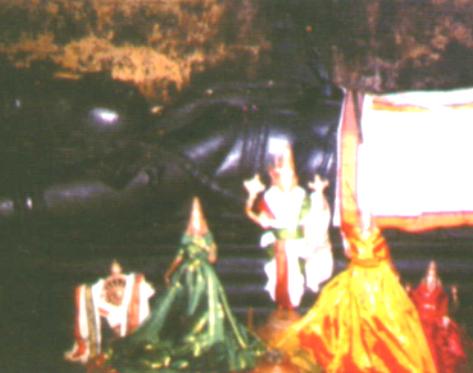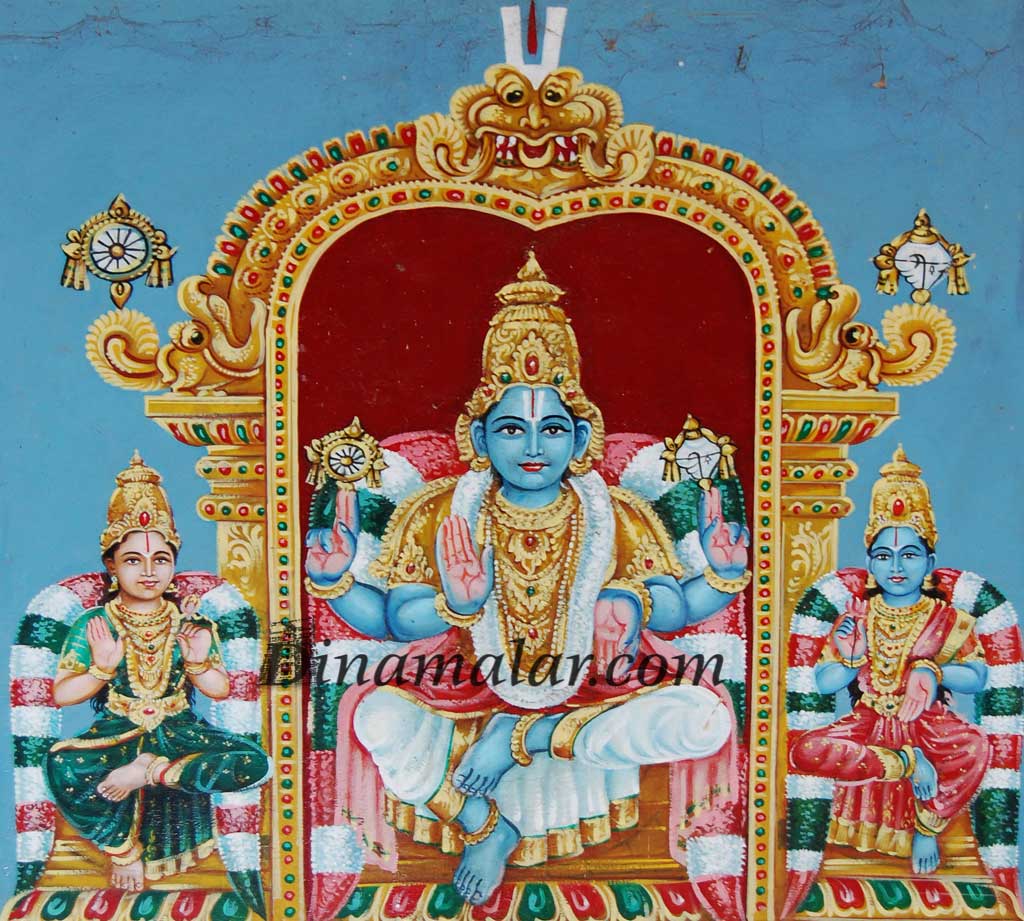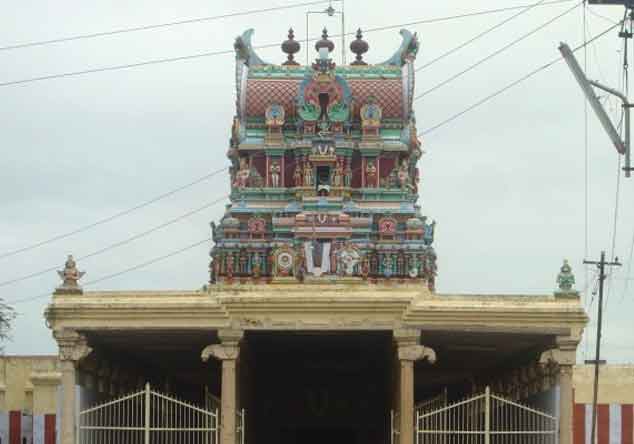GITA 2.83
Let us see what all we have understood. We reach Bhakti yoga through Karma yoga and Gyana yoga. Continuous Bhakti yoga will enable us to reach God. Only by practicing Karma and Gyana yogas one can practice Bhakti yoga. These are conclusively established. The eighteen chapters of Gita can be divided into three parts of six chapters each. In the first six chapters Karma and Gyana yogas are explained. Bhakti yoga is explained in chapters 7,8 and 9. So, the first step is Karma yoga and Gyana yoga. Bhakti yoga is the second step. We have to go step by step. So after practicing Karma and Gyana yogas we are taken to the Bhakti yoga. Karma and Gyana yogas make us to understand atman properly. We get atman darshan. Then we try to understand the God residing inside the atman and commanding it. To do this Bhakti yoga is the only way. By Karma and Gyana yogas we feel, understand and see the atman. We get the urge to see the God inside atman. Bhakti yoga, when practiced continuously will make us realize God. We have so far seen the first two chapters. Entire first Chapter and the first ten slokas of second Chapter details Arjuna’s lamenting and his expressions. Then Sri Krishna talks. His sermon starts from the 11thsloka. He says to Arjuna that he appears to know all and at the same time shows ignorance and so He starts advising. The first Chapter is called Arjuna Vishada yogam as it details Arjuna’s worries. At the end, he says to Sri Krishna that since Arjuna did not know what was correct, He should consider Arjuna as His disciple, His friend, His cousin and advise what was good for him. Sri Krishna starts His sermon with saying that just as He is eternal, so are Arjuna and all others. All existed, exist and will exist. From 12th sloka till 39th sloka the eternity of atman was explained. This was to impart the basic knowledge that body is perishable and atman is everlasting. Arjuna was having the wrong concept that he would destroy Bheeshma and Drona. He was told that only their bodies would be destroyed but the atman will remain. To make him understand He says all atman are all eternal.
From 39th sloka till 52nd sloka Karma yoga was explained. He told that a Karma yogi has to view the happiness and sorrow, profit and loss and victory and defeat, impartially and equally. He was advised that he was born only to do his duty and he should not desire for the results. He should not aspire for cheap and inferior rewards, but for higher rewards like atman sakshatkaram, which would get him all good things. In the 53rd sloka He said that by practicing Karma yoga, the mind would be serene and clear. All impurities would be removed. A pure mind becomes the base for Gyana yoga. Arjuna was curious to know how a Gyana yogi would be and he queries his desire in the 54th sloka. From 55th till the last 71st sloka Sri Krishna talks of Gyana yoga. The 72nd sloka was a summary. So we now can summarize that atman is eternal and body is destroyable. By understanding the difference between atman and body we can perform Karma yoga. Practicing Karma yoga would purify the mind. Pure mind will be the base for Gyana yoga. Gyana yoga when practiced will enable atman sakshatkaram or atman darshan. So by practicing Karma yoga without any attachment would result in atman sakshatkaram. Though Karma yoga has to be practiced when young, at least in the final phase of life it should be practiced and get atman sakshatkaram. This Chapter is not only long but also is meritorious. The matter in this Chapter is difficult but the response from audience has been encouraging. It reveals the interest in our people to know our culture and to understand what Sri Krishna has told.
The greatness of the second Chapter is explained in Padmottara Puranam. Sri Parvati requests Sri Parameswara to explain the greatness of this Chapter. He replies what he heard from the conversation between Sri MahaLakshmi and Sriman Narayana on Gita. One Deva Sarma, a Brahmin, lived in a town in South. He was well learned. In spite of this he was having dissatisfaction. Once he requested a sage to know the reason for his dissatisfied mind. The sage asked him to meet a shepherd Mitravan living on the banks of river Godavari. When Deva Sarma met the shepherd, he could find the brilliance radiating from the face of Mitravan. He asked Mitravan that though he was a shepherd he looked so peaceful, while Deva Sarma was not. He described how he got this mental peace by another story. There was a person Dhurmathan in a country and he never did his duties but was spending time by eating food supplied by the king. When he died, he took many births. Once he was born as a man and was friendly with a prostitute and got a child also. When both died, the prostitute was born as a demon The demon once killed a hunter. After death the hunter was born as a tiger. The demon was born as a sheep, which was in the herd of Mitravan. Once the tiger chased the herd and all ran. The tiger was targeting that sheep, which was a prostitute in previous birth. The sheep ran, chased by the tiger and in the forest both came near a temple. The chasing stopped and the two began conversing. The sheep told the tiger that since as a demon in the previous birth it killed the tiger who was a hunter, tiger could now kill the sheep and after all, the atman cannot be killed. Tiger replied that it had no animosity with the sheep, as in the previous birth as a demon it was forced to kill the hunter. Thus the natural enemies became friendly. Mitravan, who had followed these, told that this was due to the fact that once an archaka [temple poojari] was not having peaceful mind and so he prayed to God. At that time he was taught the 2nd Chapter of Gita in this temple premises. That still reverberated in this place and that is why even natural enemies forgot their enmity. That is why the Gyana that atman is eternal and body is perishable, was understood by the tiger and sheep. Deva Sarma thus got the explanation and became enlightened.
We are seeing the greatness of Chapter two from another Kshetram, Varagunamangai also popularly known as Nattham. Sri Vijayasana, in a sitting posture is the Lord hare.
(continued)










.JPG)
.JPG)

















